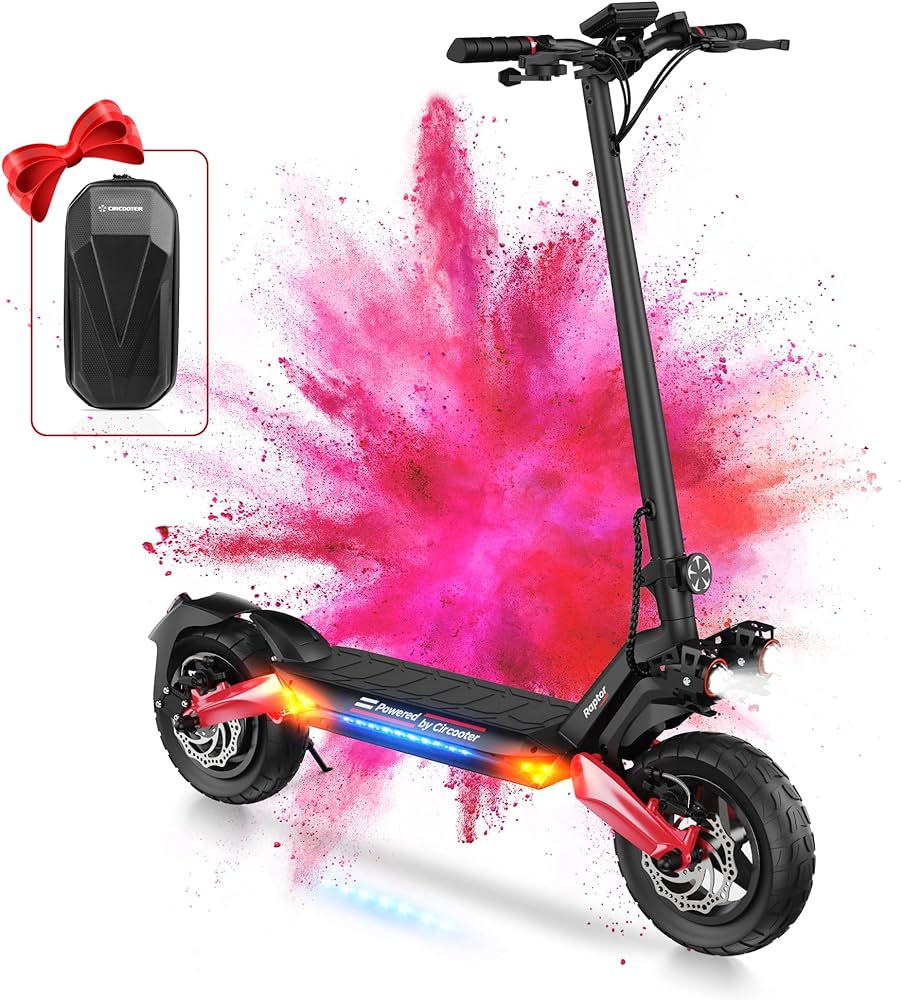There are two main types of scooter engines: two-stroke and four-stroke. Two-stroke engines are simpler and more lightweight, but less fuel efficient and more polluting than four-stroke engines.
On the other hand, four-stroke engines offer better fuel efficiency and lower emissions, but are more complex and heavier. When deciding on a scooter, it is important to consider the specific requirements and priorities, such as cost, performance, and environmental impact.
By understanding the differences between two-stroke and four-stroke engines, individuals can make an informed decision and choose the type of engine that best fits their needs. Whether it’s for commuting, pleasure riding, or any other purpose, selecting the right engine type can greatly enhance the scooter experience.
Two-stroke Engines
The world of scooters is diverse, with different types of engines powering these efficient machines. One popular engine type is the two-stroke engine, known for its simplicity, lightweight design, and unique combustion process. In this section, we will delve into the explanation, advantages, and disadvantages of two-stroke engines, as well as highlight some popular scooter models that utilize this engine type.
Explanation Of Two-stroke Engines
A two-stroke engine is a type of internal combustion engine that completes a power cycle in just two strokes of the piston, as opposed to the four strokes of a four-stroke engine. This means that in every rotation of the crankshaft, the engine produces one power stroke. The two-stroke engine operates on the principle of compression, ignition, and exhaust, all within a single revolution.
The combustion process in a two-stroke engine involves a mixture of fuel and air in the combustion chamber. As the piston rises, it compresses the mixture, and simultaneously, the spark plug ignites the compressed mixture. This ignition creates a rapid expansion of gases, which forces the piston downward, generating power. Finally, as the piston moves back up, it pushes the exhaust gases out of the chamber, making room for the next intake of fuel and air.
Advantages And Disadvantages
Two-stroke engines offer several advantages, making them a popular choice for scooter enthusiasts. Firstly, these engines are known for their simplicity and reduced number of moving parts, which translates to lower manufacturing costs. Additionally, their lightweight design makes them ideal for smaller scooters that require maneuverability and agility.
Another advantage of two-stroke engines is their high power-to-weight ratio, resulting in quicker acceleration and an exhilarating riding experience. These engines also tend to be more affordable to maintain and repair due to their simplicity.
However, two-stroke engines do have their drawbacks. One notable disadvantage is their higher fuel consumption compared to four-stroke engines. This is due to the fact that the crankcase of a two-stroke engine is used for both fuel and air intake, resulting in some loss of fuel efficiency. Additionally, two-stroke engines tend to produce more emissions, contributing to pollution.
Popular Scooter Models Using Two-stroke Engines
Several scooter models utilize the power and performance of two-stroke engines. Let’s take a look at some popular ones:
| Brand | Model |
|---|---|
| Yamaha | Yamaha Vino Classic |
| Vespa | Vespa Sprint |
| Aprilia | Aprilia SR 150 |
These scooters not only embody the aesthetic appeal of their respective brands but also pack an impressive punch with their two-stroke engines. Riders can enjoy the lightweight design and quick acceleration that these models offer.
In conclusion, two-stroke engines are a popular choice for scooters, thanks to their simplicity, lightweight design, and quick power delivery. While they have some disadvantages, such as higher fuel consumption and emissions, these engines continue to captivate scooter enthusiasts with their unique characteristics and performance.
Four-stroke Engines
When it comes to scooter engine types, one popular option is the four-stroke engine. This engine, as the name suggests, operates on a four-stroke cycle, which includes the intake stroke, compression stroke, power stroke, and exhaust stroke. Four-stroke engines are widely used in various vehicles due to their efficiency, reliability, and low emissions. Let’s delve deeper into the explanation of four-stroke engines, their advantages and disadvantages, and some popular scooter models utilizing this engine type.
Explanation Of Four-stroke Engines
A four-stroke engine follows a precise sequence of motions to generate power. Let’s break down the four strokes:
- Intake Stroke: In this stroke, the piston moves downward, drawing air and fuel mixture into the combustion chamber through the intake valve.
- Compression Stroke: Once the intake stroke is complete, the piston moves upward, compressing the air and fuel mixture. This compression raises the mixture’s temperature and pressure.
- Power Stroke: When the piston reaches the top of its stroke in the compression stroke, the spark plug ignites the compressed air and fuel mixture. This combustion drives the piston forcefully downward, generating power.
- Exhaust Stroke: Lastly, the piston moves upward once again, pushing out the remaining exhaust gases through the exhaust valve, preparing the engine for the next intake stroke.
Advantages And Disadvantages
Four-stroke engines offer several advantages compared to their two-stroke counterparts. Let’s explore their benefits:
- Efficiency: Four-stroke engines tend to be more fuel-efficient since they complete a full cycle in four strokes. Their better fuel economy makes them cost-effective for riders.
- Lower Emissions: These engines produce fewer emissions due to their better combustion efficiency, making them environmentally friendly options.
- Reliability: Four-stroke engines are generally more reliable and require less maintenance. Their simpler design and reduced number of moving parts contribute to their durability.
While four-stroke engines have several advantages, they also come with a few disadvantages that riders should consider:
- Higher Cost: Four-stroke engines tend to be more expensive to manufacture due to their complex design and additional components.
- Heavier: These engines are often heavier than two-stroke engines, which can affect the scooter’s overall weight and agility.
- Lower RPM: Four-stroke engines usually have lower RPM (rotations per minute), resulting in less instant acceleration compared to two-stroke engines.
Popular Scooter Models Using Four-stroke Engines
Several scooter manufacturers have incorporated four-stroke engines into their models, providing riders with reliable and efficient options. Here are some popular scooter models utilizing four-stroke engines:
| Brand | Model |
|---|---|
| Honda | PCX150 |
| Vespa | GTS 300 |
| Yamaha | YZF-R125 |
| Piaggio | Liberty 150 |
These scooter models offer riders a combination of style, performance, and fuel efficiency, thanks to their four-stroke engines.

Credit: www.outdoorgearlab.com
Frequently Asked Questions For Scooter Engine Types
What Type Of Engine Is In A Scooter?
A scooter is typically powered by a small internal combustion engine, usually a 50cc to 150cc single-cylinder four-stroke engine.
What Is A Gy6 Engine?
The GY6 engine is a popular type of engine used in many scooters and motorcycles. It offers a combination of power, efficiency, and reliability. With its compact design and smooth performance, the GY6 engine has become a preferred choice for riders around the world.
What Scooters Have Gy6 Engines?
Several scooter models are equipped with GY6 engines, including popular brands like TaoTao, IceBear, Wolf Brand, and Jonway. These engines offer reliable performance and power for a smooth and enjoyable riding experience.
How Much Horsepower Does A Gy6 Have?
A GY6 engine typically has a horsepower range of 7 to 15 depending on the specific model and modifications.
Conclusion
To sum up, understanding different types of scooter engines is crucial when choosing the right one for your needs. From the fuel efficiency of the four-stroke engine to the power and acceleration of the two-stroke engine, each option offers unique advantages.
By considering factors like speed, maintenance, and environmental impact, you can make an informed decision and enhance your scooter riding experience. So, whether you prefer the reliability of a four-stroke or the excitement of a two-stroke, the choice is yours.
Happy scooting!

